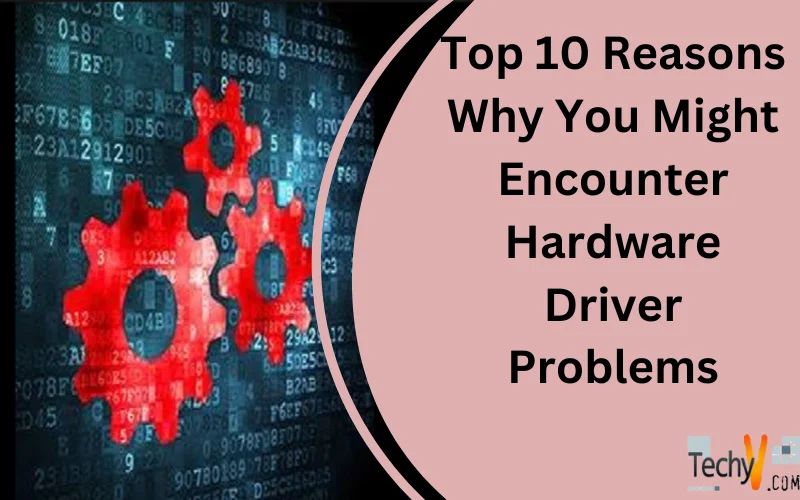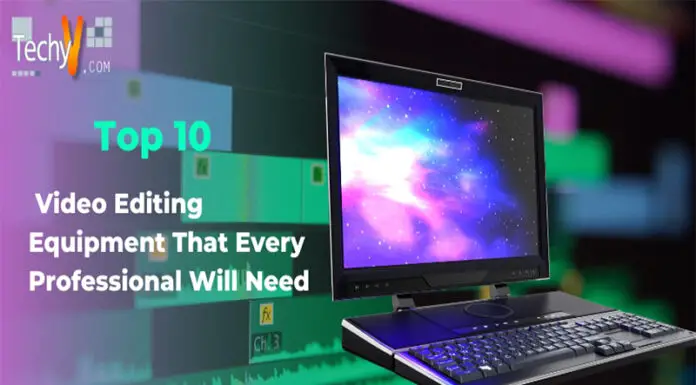In the intricate realm of modern computing, hardware driver problems can emerge as a common stumbling block, impeding the seamless functioning of our devices. Hardware drivers serve as crucial connectors between your computer’s operating system and its hardware components, ensuring they communicate effectively. However, a variety of factors can contribute to issues with these drivers, leading to perplexing malfunctions. This article delves into the top 10 reasons that might give rise to hardware driver problems. By understanding these factors, you can equip yourself with the knowledge to troubleshoot and address such challenges, ensuring your devices run smoothly and your digital experiences remain frustration-free.
1. Aged Software Links: The Impact Of Outdated Drivers
In the realm of hardware driver challenges, encountering issues due to outdated drivers is a prevalent concern. Drivers act as bridges between your computer’s operating system and its hardware components, ensuring seamless communication. However, when drivers become outdated (not kept up-to-date with the latest software advancements), compatibility problems can arise. This can lead to malfunctioning hardware, system instability, and even crashes. Staying vigilant about updating your drivers regularly, either through manual downloads or automated tools, helps prevent these issues and maintains your device’s optimal performance. By addressing the aging factor, you minimize the risks of hardware driver problems and ensure a smoother digital experience.
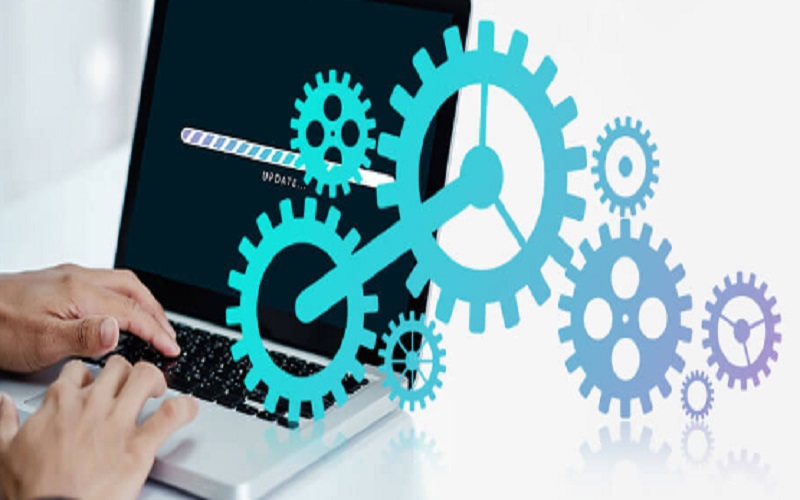
2. Unfitting Pair: The Impact Of Incompatible Drivers
Among the various factors contributing to hardware driver problems, the presence of incompatible drivers is a crucial concern. Drivers act as intermediaries between your computer’s operating system and hardware components, ensuring their harmony. However, if drivers are incompatible (not designed to work seamlessly with your hardware or operating system), disruptions can occur. This can lead to errors, malfunctions, and even crashes. Ensuring that you download and install drivers that match your hardware specifications and are compatible with your system’s architecture is crucial to preventing these issues. By addressing compatibility concerns, you promote smoother communication between software and hardware, reducing the risks of hardware driver problems.
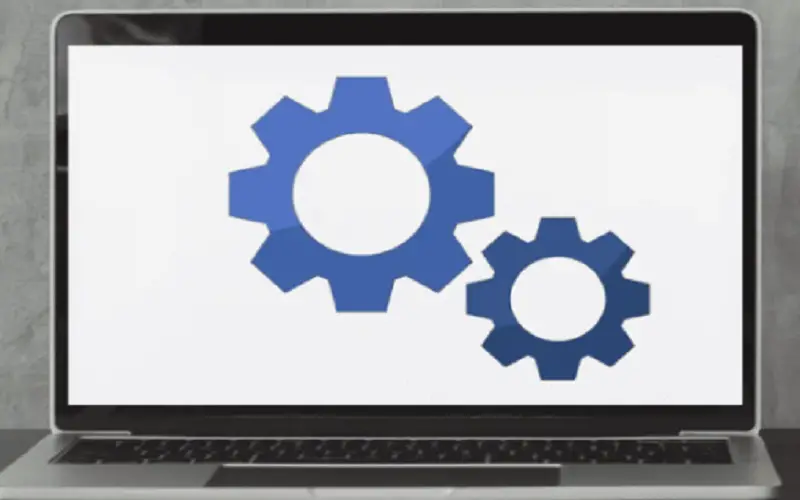
3. Misplaced Connections: The Impact Of Incorrect Driver Installation
Amid the array of potential causes for hardware driver problems, encountering issues due to incorrect installation is a significant factor. Hardware drivers serve as the crucial links between your computer’s operating system and its hardware components, ensuring seamless functionality. However, if drivers are not installed correctly (improperly executed or mismatched with the hardware), it can lead to disruptions in communication. This can manifest as hardware malfunctions, performance degradation, and system instability. Ensuring precise and accurate installation of drivers, often accompanied by manufacturer instructions or installation wizards, is essential to prevent these issues. By addressing the installation aspect, you minimize the risks of hardware driver problems and promote a smoother interaction between your software and hardware components.
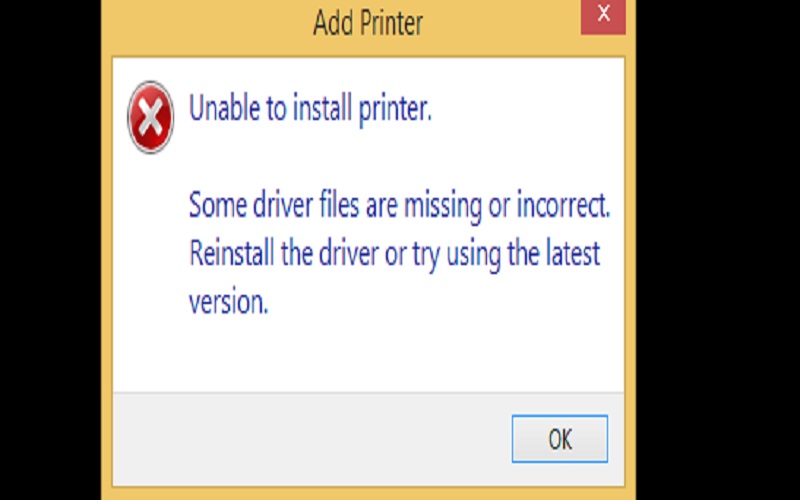
4. Data Damage: The Impact Of Corrupted Driver Files
In the realm of hardware driver issues, encountering problems due to corrupted files stands out as a significant challenge. Hardware drivers act as crucial mediators between your computer’s operating system and its hardware components, facilitating smooth communication. However, if the driver files become corrupted (damaged due to various reasons), it can disrupt the communication. This can lead to malfunctions, errors, and even system crashes. Ensuring that driver files remain intact and undamaged through safe download sources and secure storage practices is vital to prevent these issues. By addressing the risk of file corruption, you minimize the likelihood of hardware driver problems and promote a healthier, more reliable interaction between software and hardware.
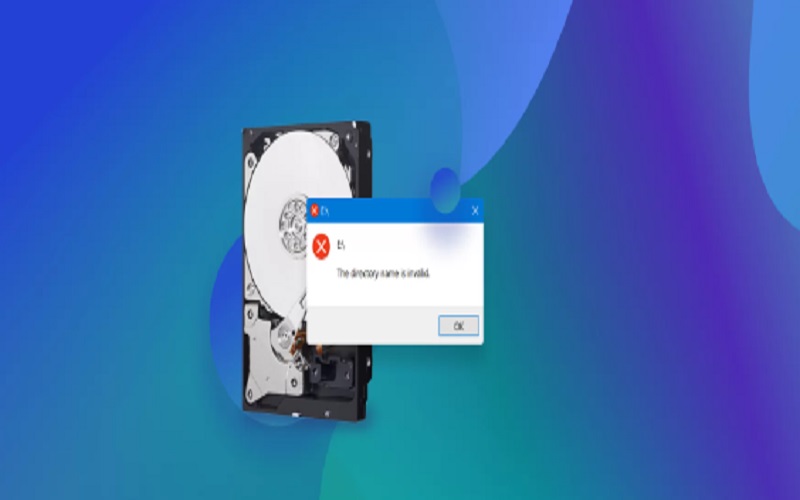
5. Clashes In Code: The Impact Of Software Conflicts
Among the assortment of potential triggers for hardware driver problems, encountering issues due to software conflicts is a noteworthy concern. Hardware drivers play a pivotal role in bridging your computer’s operating system and its hardware components, ensuring seamless communication. However, conflicts between drivers and other software applications can disrupt this harmony. Such conflicts can lead to errors, malfunctions, and system instability. Ensuring that your drivers and software applications are compatible and well-coordinated is essential to prevent these issues. By addressing potential software clashes, you minimize the risks of hardware driver problems and promote a smoother interaction between your software and hardware components.
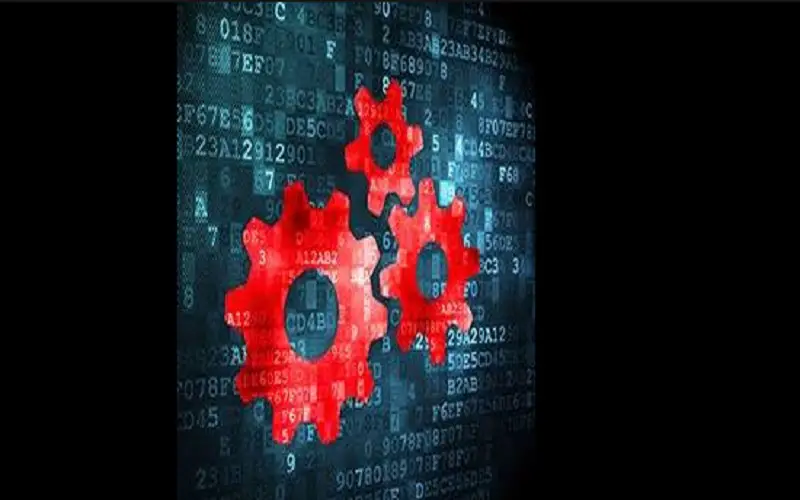
6. System Evolution: The Impact Of Windows Updates On Hardware Drivers
Within the landscape of hardware driver complications, the influence of Windows updates emerges as a significant factor. Hardware drivers act as essential links between your computer’s operating system and its hardware components, ensuring seamless communication. However, updates to the Windows operating system can sometimes lead to driver compatibility issues. These updates might introduce changes that render certain drivers incompatible, resulting in malfunctions or errors. Keeping your drivers up to date and checking for manufacturer-provided updates after a Windows update can help mitigate these problems. By addressing the evolution brought about by Windows updates, you minimize the risks of hardware driver issues and maintain a harmonious interaction between your software and hardware components.
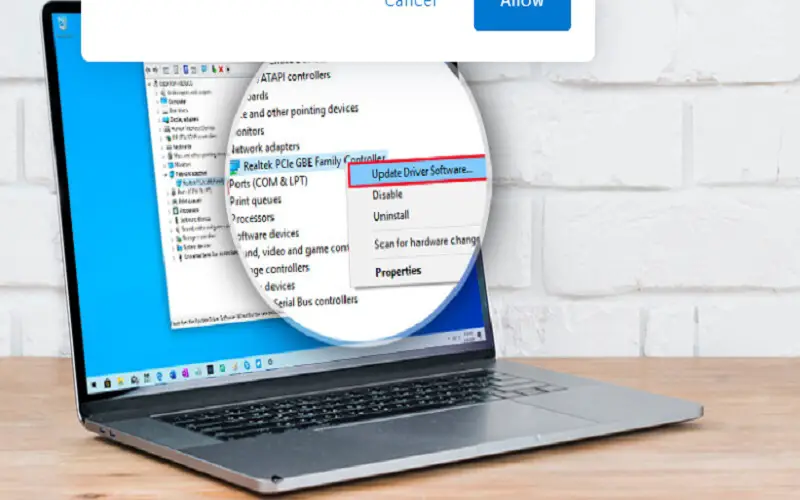
7. Component Shifts: The Impact Of Hardware Changes On Drivers
Amid the array of causes behind hardware driver issues, the impact of hardware changes takes center stage. Hardware drivers play a pivotal role by bridging your computer’s operating system and its hardware components, ensuring seamless functionality. However, when you make hardware changes (such as upgrading or replacing components), existing drivers might become incompatible. This mismatch can lead to malfunctions, errors, and even system crashes. Ensuring that you update or reinstall drivers to match the new hardware specifications is crucial to prevent these issues. By addressing the repercussions of hardware changes, you minimize the risks of driver-related problems and promote a smoother interaction between your software and modified hardware components.
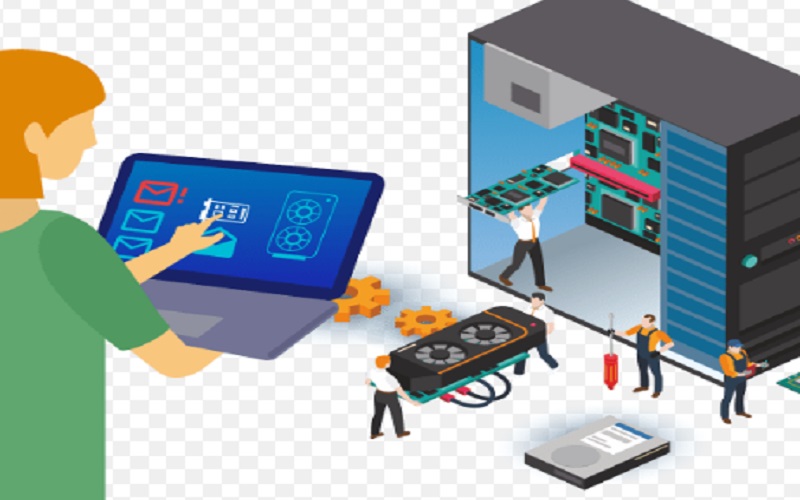
8. External Factors: The Influence Of Third-Party Software On Drivers
Among the spectrum of potential triggers for hardware driver problems, the presence of third-party software emerges as a noteworthy factor. Hardware drivers serve as essential bridges between your computer’s operating system and its hardware components, ensuring seamless communication. However, certain third-party software applications can interfere with drivers, causing conflicts and disruptions. These conflicts can lead to malfunctions, errors, and system instability. Ensuring that third-party software is compatible with your hardware and does not negatively impact driver performance is crucial to prevent these issues. By addressing potential conflicts arising from external software, you minimize the risks of hardware driver problems and promote a more reliable interaction between your software and hardware components.

9. Intrusive Threats: The Impact Of Malware And Viruses On Drivers
Within the realm of hardware driver challenges, the presence of malware and viruses stands out as a significant concern. Hardware drivers act as crucial liaisons between your computer’s operating system and its hardware components, ensuring seamless communication. However, malicious software like malware and viruses can infiltrate drivers, leading to disruptions and malfunctions. These intrusions can result in errors, performance degradation, and even system crashes. Employing robust cybersecurity measures, such as using reputable antivirus software and avoiding suspicious downloads, is essential to prevent these issues. By addressing the risk of malware and viruses, you safeguard your drivers from threats that could lead to hardware driver problems and ensure a more secure and reliable software-hardware interaction.
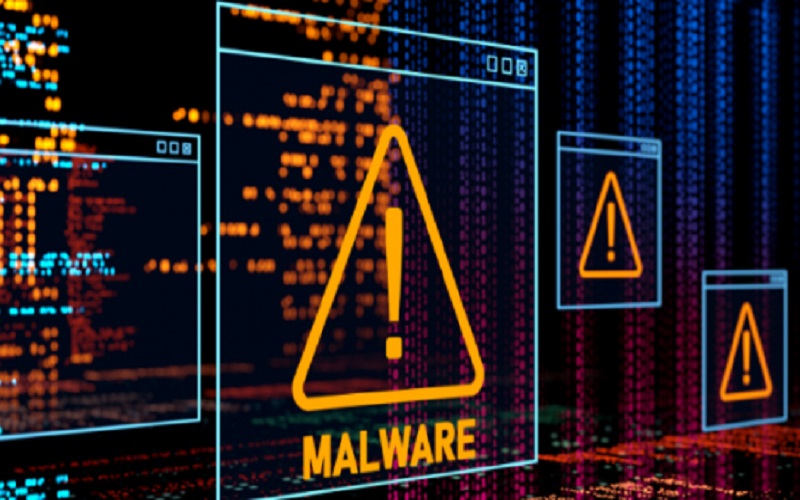
10. Electric Instabilities: The Impact Of Power Surges And Failures
In the realm of potential triggers for hardware driver problems, power surges and failures emerge as notable concerns. Hardware drivers serve as vital links between your computer’s operating system and hardware components, enabling seamless communication. However, sudden power surges or failures can disrupt this connection. These electrical instabilities can lead to driver corruption, resulting in malfunctions, errors, and system instability. Using surge protectors, uninterruptible power supplies (UPS), and maintaining a stable power supply environment can help prevent these issues. By addressing the risks associated with power fluctuations, you minimize the likelihood of hardware driver problems and maintain a more reliable interaction between your software and hardware components.




